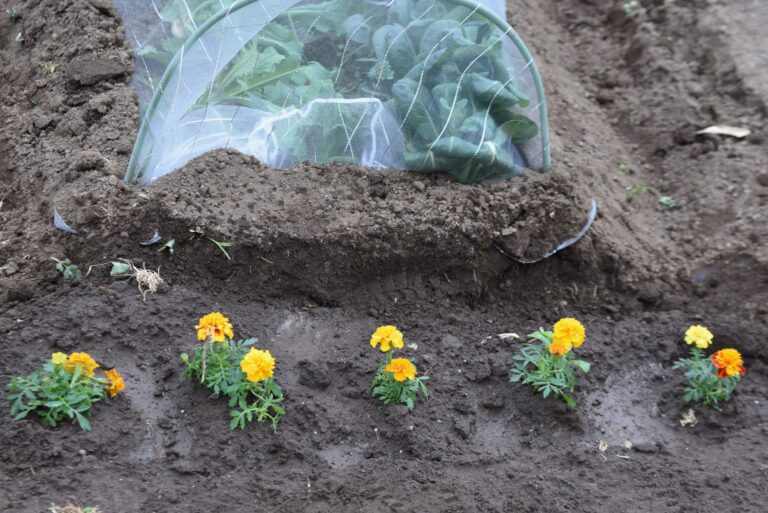Companion planting is the practice of planting certain plants close to each other that benefit one another. It’s an easy way to reduce garden labor, use less fertilizer, and grow healthy plants. Companion Planting: Sources are Important Before I give you some tips for companion planting, I caution that a significant portion of companion…
